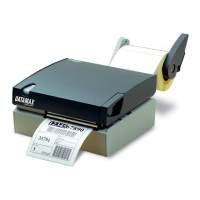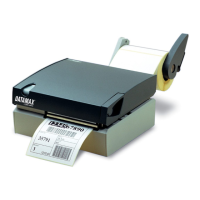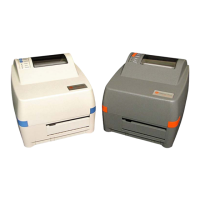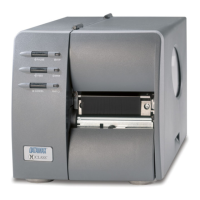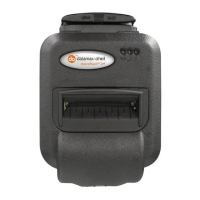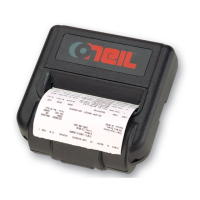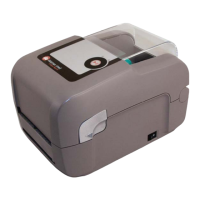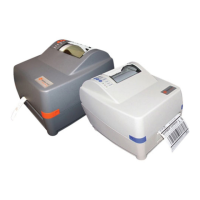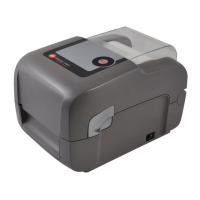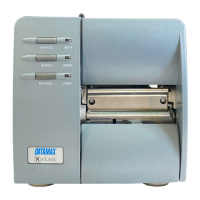Label Formatting Command Functions
Class Series 2 Programmer’s Manual 139
z Zero (Ø) Conversion to “0”
This command removes the slash zero in fonts 0 to 8, and in the human readable field
(if any) of the bar codes A to Z. The command applies only to format records containing
those fonts and bar codes, and is effective only for the label format in which it appears.
Syntax:
z
Sample:
<STX>L
z
121100000000000Test0000<CR>
E
None of the smooth fonts (i.e., Font 9) use the slash zero convention, and this
command will have no effect on scalable fonts.
+ (>)(() Make Last Field Entered Increment
This command, useful in printing sequenced labels, causes the printer to automatically
increment a field in a batch of labels. The numeric data in the field will increment by the
value assigned after the plus sign (+) each time a label is produced [or the greater than
symbol [>] can be substituted to make the field increment alphabetically, or the left
parenthesis [(] can be substituted to make the field increment hexadecimal data (valid
hexadecimal data is 0-9 or A-F, usually in pairs)]. This command is effective only on the
label format record that it follows, and is intended to be used with the Q, <STX>E, or
<STX>G commands.
Syntax:
*pii
*
-
Is + for numeric increment, > for alphanumeric
increment, or (for hexadecimal increment.
p
-
Is the fill character for the left-hand character of the
field.
Where:
ii
-
Is the amount by which to increment the field.
Sample:
<STX>L<CR>
13220000000000012345<CR>
+01<CR>
Q0003<CR>
E<CR>
The sample above will generate a single field label format that
prints the initial label with a value of 12345, and then increments
that number by one for the next two labels.
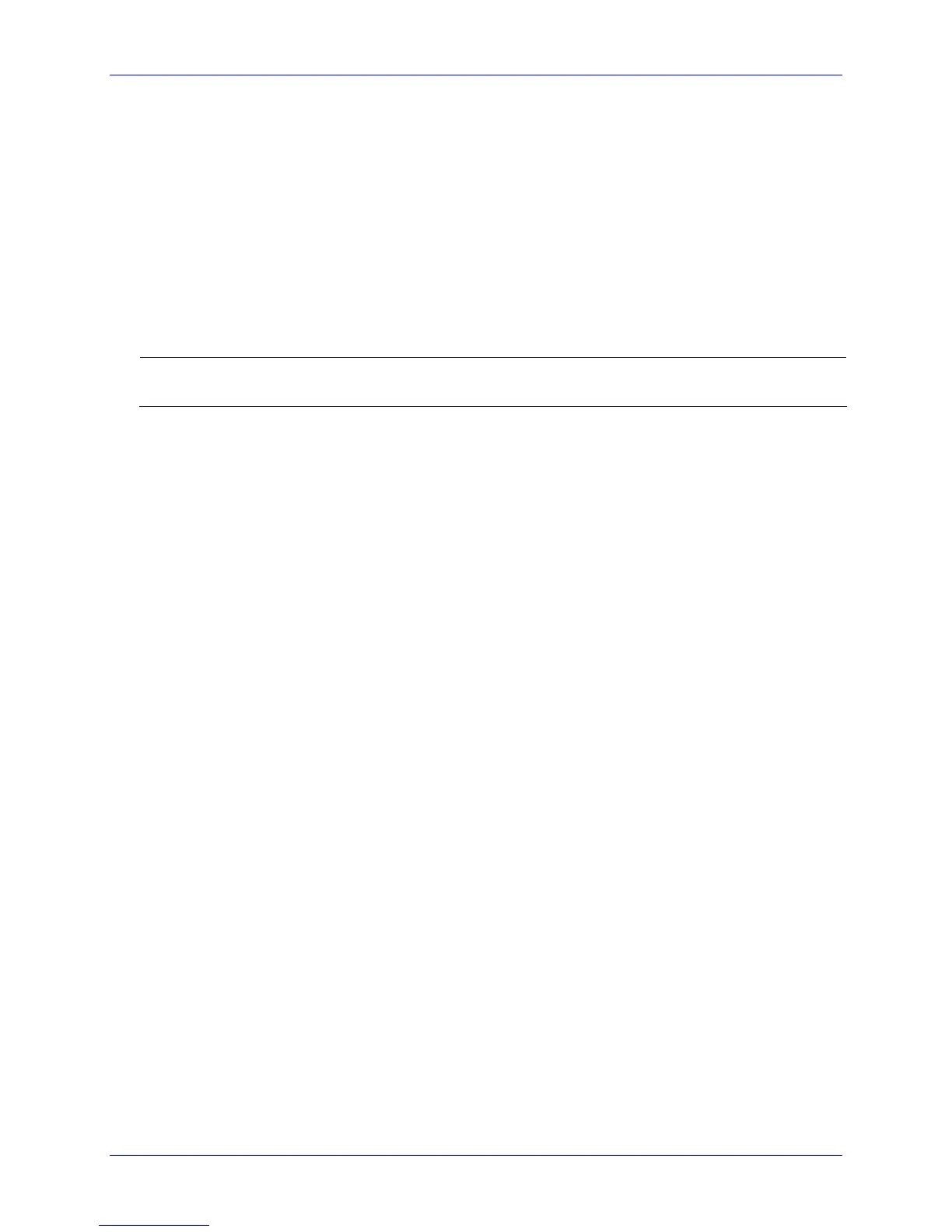